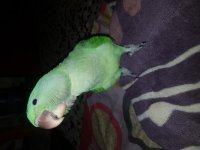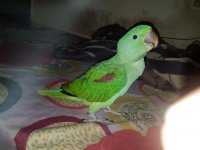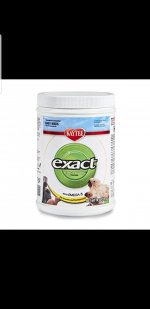Hi guys
I have one Alexander parrot which i bought 1.5 months ago that time.it wast almost 20 to 25 days old..it was going fine but now from.last 2 3 days it's rejected hand feed every time. I have tried every possible thing i could do to fed him. I have brought mix seeds, sunflower seed, vegetables and fruits but he is not eating as much ig should. It's crop is empty all the time. He tasted al those eat only a bit.
Is it Normal or there's something to be worried.
Anyway it's actice want to beout of cage all the time playing but not eating. Help please
I have one Alexander parrot which i bought 1.5 months ago that time.it wast almost 20 to 25 days old..it was going fine but now from.last 2 3 days it's rejected hand feed every time. I have tried every possible thing i could do to fed him. I have brought mix seeds, sunflower seed, vegetables and fruits but he is not eating as much ig should. It's crop is empty all the time. He tasted al those eat only a bit.
Is it Normal or there's something to be worried.
Anyway it's actice want to beout of cage all the time playing but not eating. Help please




